Crape Myrtles: Facts and Guides

Crape myrtles (also crepe myrtles), seen by many as something between a bush and a tree, are often misunderstood and, as a result, not well cared for. Properly maintained, however, the crape myrtle, a beautiful and hardy flowering tree, can be a striking addition to a landscape.
Although native to South Asia, crape myrtles have been cultivated in North America since the 18th century. Naturally a multi-stemmed bush, the crape myrtle has been bred into many different species and subspecies, each with its own unique characteristics. The species most commonly found in North Texas is Lagerstroemia indica, which can flower in a range of colors. Left to grow, this species of crape myrtle can reach a height of about 20 feet, with a spread of about 20 feet as well. Other varieties of crape myrtle may exhibit different growing patterns and sizes at maturity.
Basic Care for Crape Myrtles
The crape myrtle is prized for its hardiness, low maintenance, and colorful blooms. Crape myrtles can thrive in many types of soil, such as the alkaline, dark clay that is present in much of North Texas. Crape myrtles are also drought resistant, although they can be susceptible to over-watering or poor drainage.
Aside from proper trimming and removal of dead plant matter from crevices between the trunks, crape myrtles can often benefit from fertilization, and may need professional care when common health issues arise. Fortunately, few of the common crape myrtle health issues pose a serious threat to the survival of the tree. Attentive pruning is often all that is required to keep a crape myrtles healthy and vigorous for decades.
Crape myrtles have thin bark that peels off during the year. As a result, crape myrtles can be easily damaged by lawnmowers, line trimmers, and other activity. Planting ground cover other than turf grass around crape myrtles as well as proper mulching can provide a buffer to help protect the trunks and roots.
Common Crape Myrtle Issues
Topping
This is a common practice in North Texas that leads to twiggy new growth from the ends of the trunks, and doesn’t help create more blooms.
Topping is bad, and we have a dedicated blog on this topic.
Physical Damage
Crape myrtles have thin bark that peels off during the year. As a result, crape myrtles can be easily damaged by lawnmowers and other tools. Planting groundcover other than turf grass around crape myrtles as well as proper mulching can provide a buffer to help protect the trunks and roots.
Crape Myrtle Aphids
The crape myrtle aphid (Tinocallis kahawaluokalani) is the most common crape myrtle pest. This tiny insect feeds on the sap of the crape myrtle and produces a liquid called honeydew, that can often be observed dripping from crape myrtles in the spring. While the aphids generally pose no serious threat to the health of the plant, their honeydew can lead to the growth of sooty mold (see below). Aphids can be controlled with systemic treatments or insecticidal soaps.
Sooty Mold

Sooty mold is the name given to several different species of fungi that grow on the surface of some plants. When crape myrtles have aphid or scale infestations, the honeydew produced by the insects provides nourishment for the fungal spores to grow. As the gray fungal mat expands, it can cover leaves and branches. Sooty mold is mostly just an unsightly cosmetic affliction, but in extreme cases can interfere with proper photosynthesis in the leaves. The best way to control sooty mold is to manage the underlying insect activity and honeydew production. As the mold dies, it will be washed away by rain.
Crape Myrtle Bark Scale
While the crape myrtle aphid has likely been present with the tree since it arrived in North America, issues with scale insects have only recently arisen in crape myrtles. Crape myrtle bark scale (“CMBS,” Eriococcus lagerstroemia) was first identified in Texas in 2004, and is now a common pest. CMBS is a miniscule insect that appears as a felt-like gray or white crust on crape myrtle branches, often on the underside away from the sun. When pressed or scraped, CMBS leaves behind a pinkish residue. While research is still ongoing, systemic insecticides (neonictinoids) are currently the most effective control for CMBS. Additionally, washing the affected areas with a solution of mild detergent and water can remove the insects, and slow their spread.

Powdery Mildew
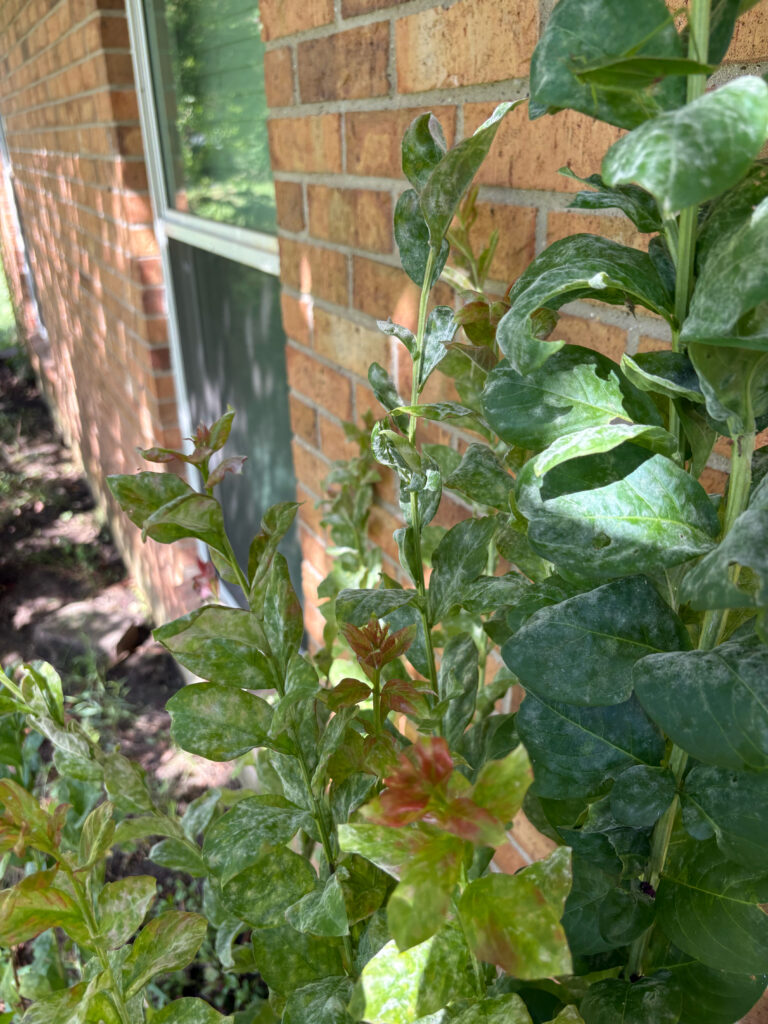
Powdery mildew is another fungus (Erysiphe lagerstroemiae) that affects crape myrtles. Unlike sooty mold, however, powdery mildew can pose a greater risk to the health of the plant. Powdery mildew appears as a grayish-white growth on young plant tissue. Only a few spores are needed, often transmitted by the wind, to take hold and begin an infestation on a crape myrtle. Cooler temperatures and moderate to high humidity are the idea growing conditions for powdery mildew, so it is most active in the spring and fall. Overwatering, overfertilization, and poor air circulation can contribute a crape myrtle’s susceptibility to the fungus. As the fungus spreads, it can cause new affected growth to die, with leaves curling and dropping. Extreme cases can cause extensive damage. Fortunately, there are several powdery mildew-resistant cultivars of crape myrtle. Even without a natural resistance, powdery mildew can be managed or prevented by allowing crape myrtles to receive full sun, by proper pruning for light and air flow, and by following best practices for watering and fertilizing. Growth that is affected by the powdery mildew fungus should be removed in the fall. Generally, systemic fungicides are not recommended for powdery mildew. However, a certified arborist can properly diagnose the extent of a powdery mildew infection, and provide appropriate treatment recommendations.
Crape myrtles are a beautiful and important part of our North Texas urban forest. While officially the Texas State “Shrub,” crape myrtles are versatile trees that come in many sizes and varieties. We hope this information will help our community better understand and care for their crape myrtles. At Texas Tree Surgeons, we love trees (and shrubs!), and we love our customers. As always, let us know if you have any questions about your crape myrtles, or any other trees.
Related Blogs
Similar blogs related to this topic
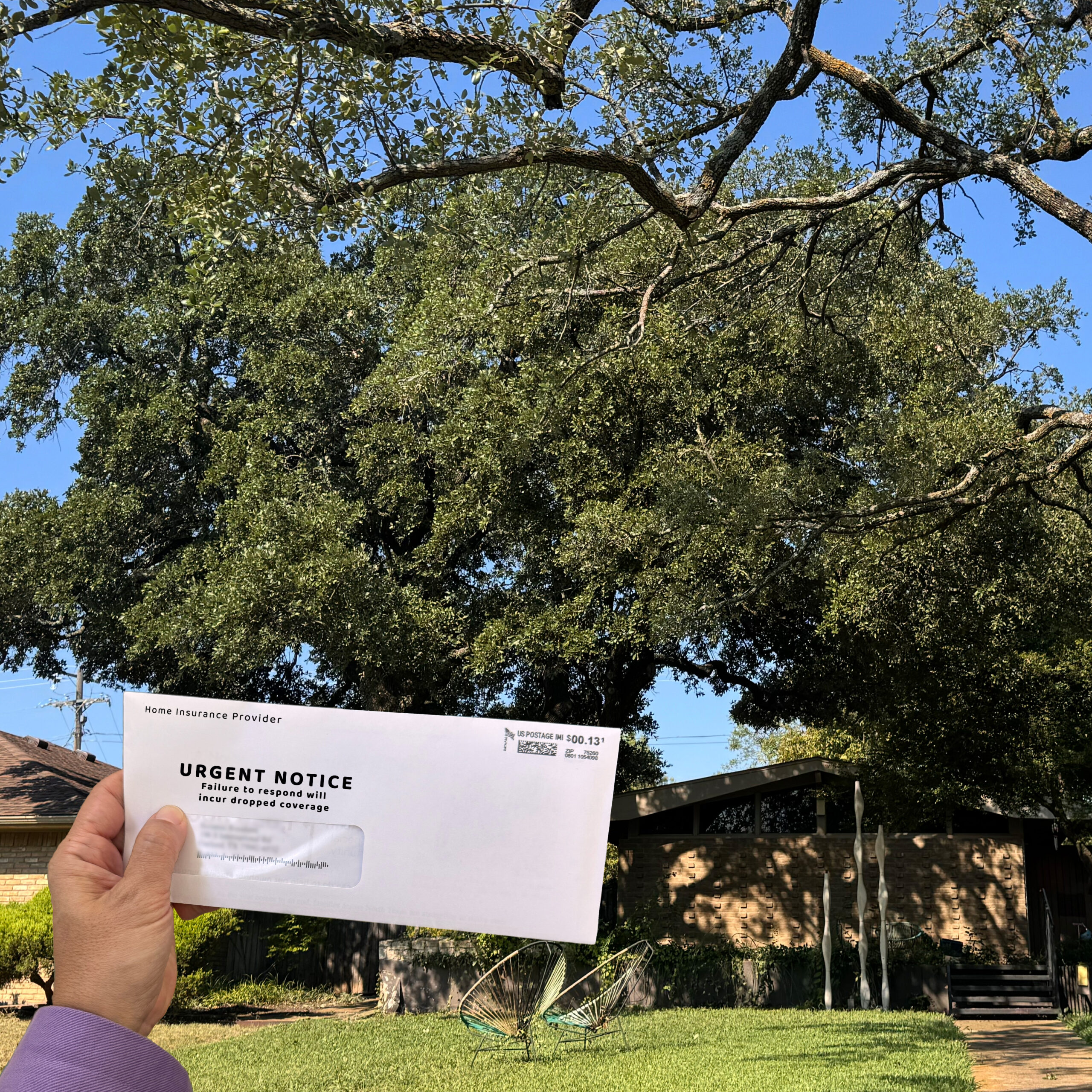
Facts About Home Insurance & Trees
It’s becoming way too common, especially in Texas, homeowners receiving a threatening letter from their insurance company to drastically remove all tree limbs over a structure to prevent them from falling onto the house. Don’t…
Read more
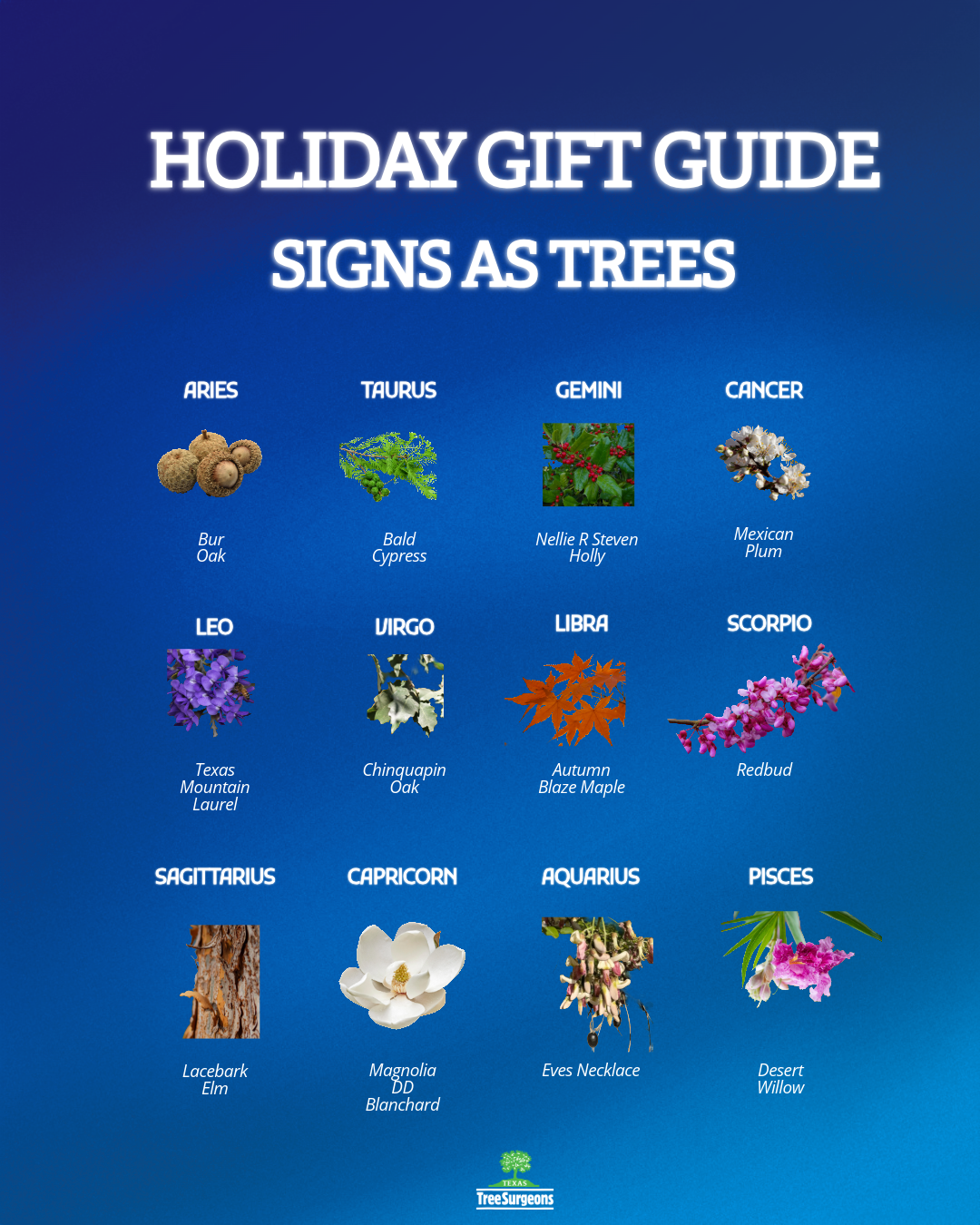
Holiday Gift Guide, Zodiac Signs as Trees
This holiday season a gift that keeps on giving in a time of over consumption is the most ethical and thoughtful gift. It is investment in a shared future that benefits their home and the…
Read more
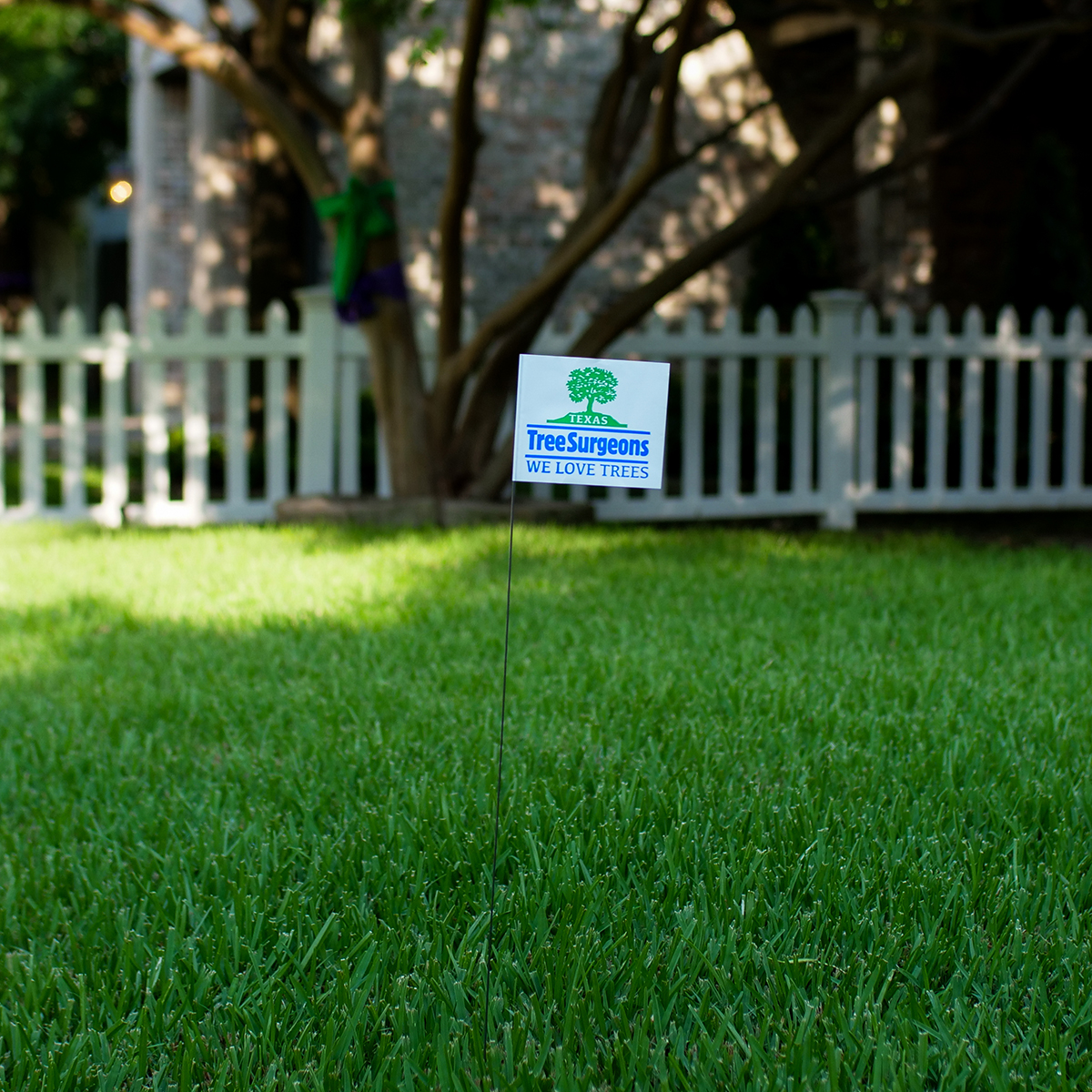
Avoid These Tree Care Mistakes for a Healthy Landscape
Below is a list of overlooked mistakes that could jeopardize the health of your trees. From missteps in pruning to incorrect watering practices, discover how to give your trees the care they deserve. Red oak…
Read more
